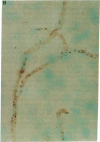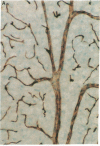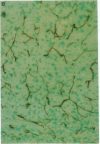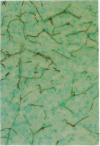Abstract
Delivery of nonlipophilic drugs to the brain is hindered by the tightly apposed capillary endothelial cells that make up the blood-brain barrier. We have examined the ability of a monoclonal antibody (OX-26), which recognizes the rat transferrin receptor, to function as a carrier for the delivery of drugs across the blood-brain barrier. This antibody, which was previously shown to bind preferentially to capillary endothelial cells in the brain after intravenous administration (Jefferies, W. A., Brandon, M. R., Hunt, S. V., Williams, A. F., Gatter, K. C. & Mason, D. Y. (1984) Nature (London) 312, 162-163), labels the entire cerebrovascular bed in a dose-dependent manner. The initially uniform labeling of brain capillaries becomes extremely punctate approximately 4 hr after injection, suggesting a time-dependent sequestering of the antibody. Capillary-depletion experiments, in which the brain is separated into capillary and parenchymal fractions, show a time-dependent migration of radiolabeled antibody from the capillaries into the brain parenchyma, which is consistent with the transcytosis of compounds across the blood-brain barrier. Antibody-methotrexate conjugates were tested in vivo to assess the carrier ability of this antibody. Immunohistochemical staining for either component of an OX-26-methotrexate conjugate revealed patterns of cerebrovascular labeling identical to those observed with the unaltered antibody. Accumulation of radiolabeled methotrexate in the brain parenchyma is greatly enhanced when the drug is conjugated to OX-26.
Full text
PDF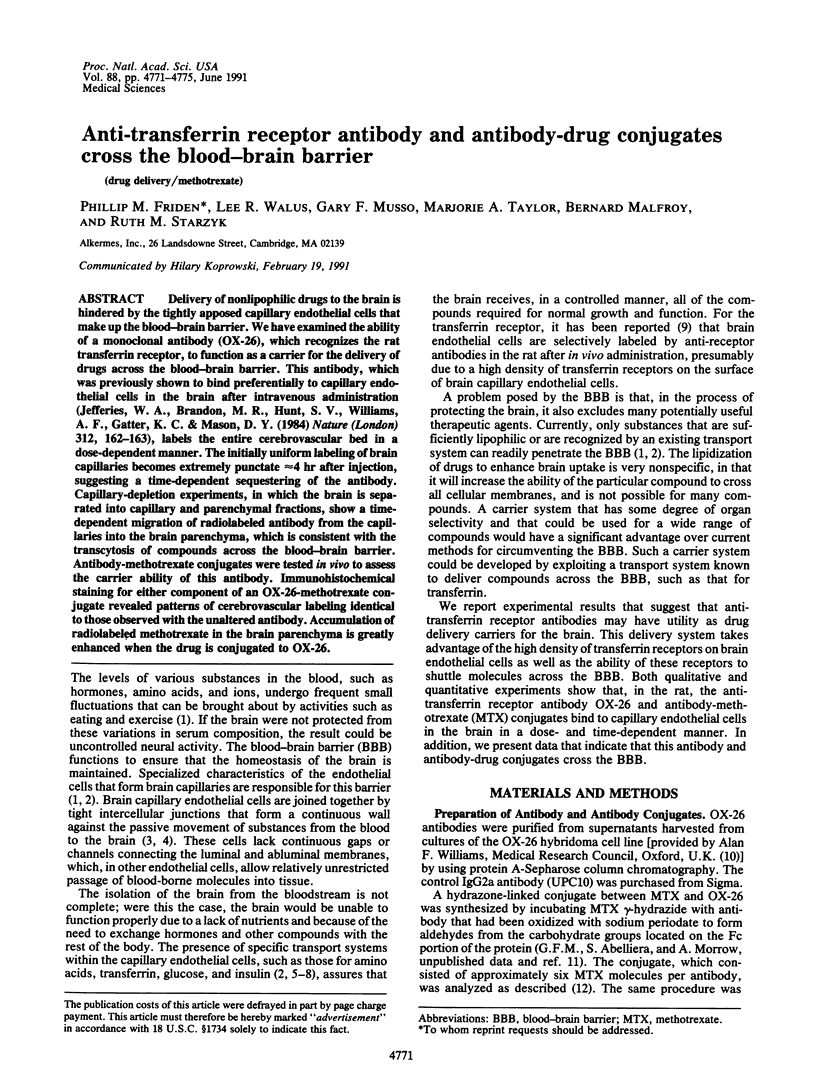
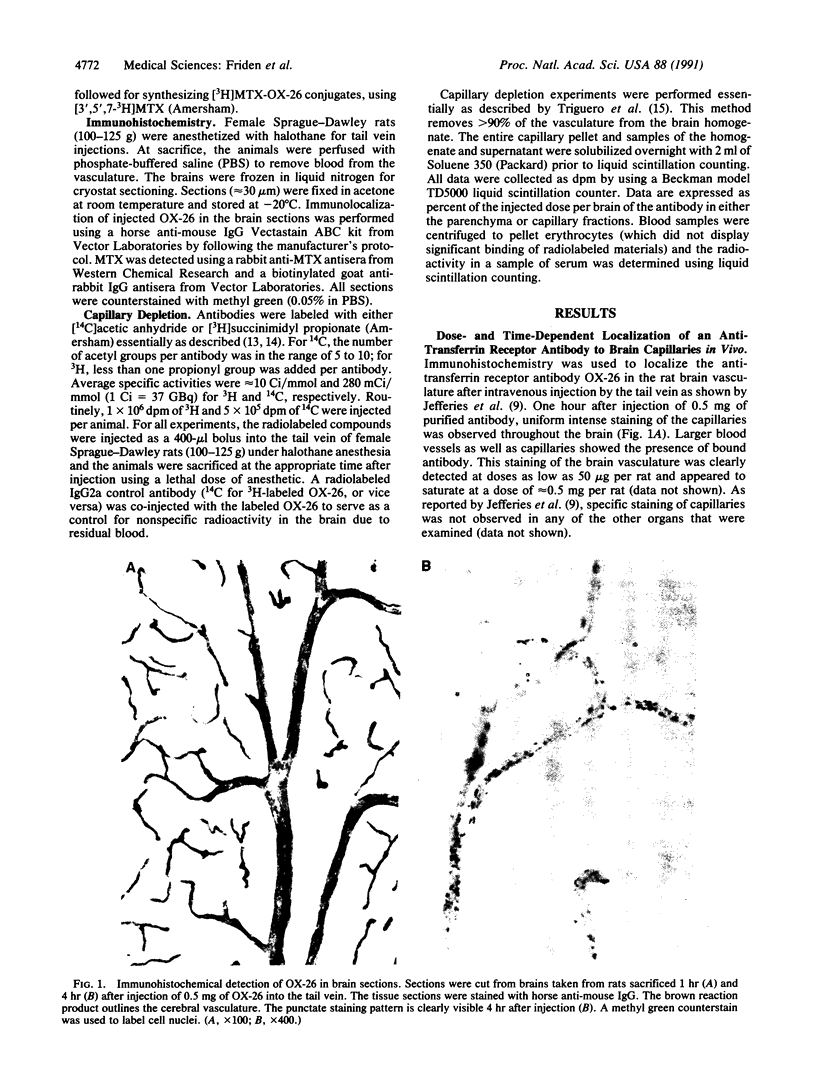
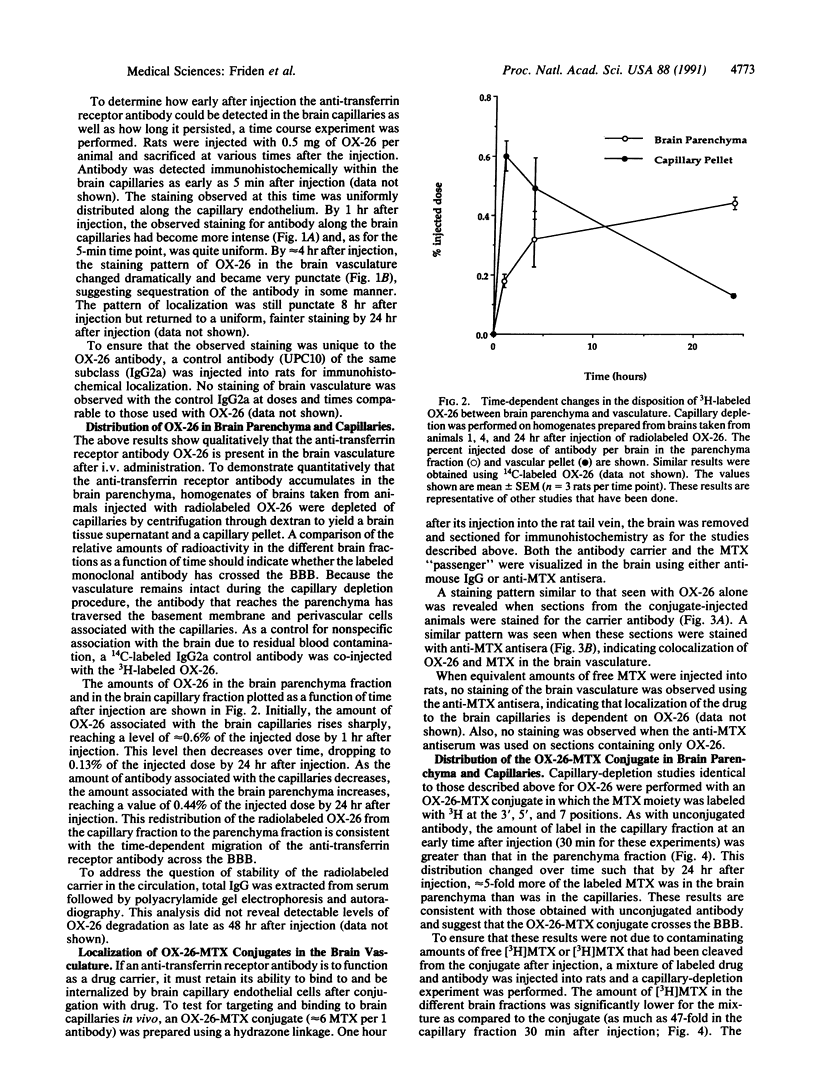
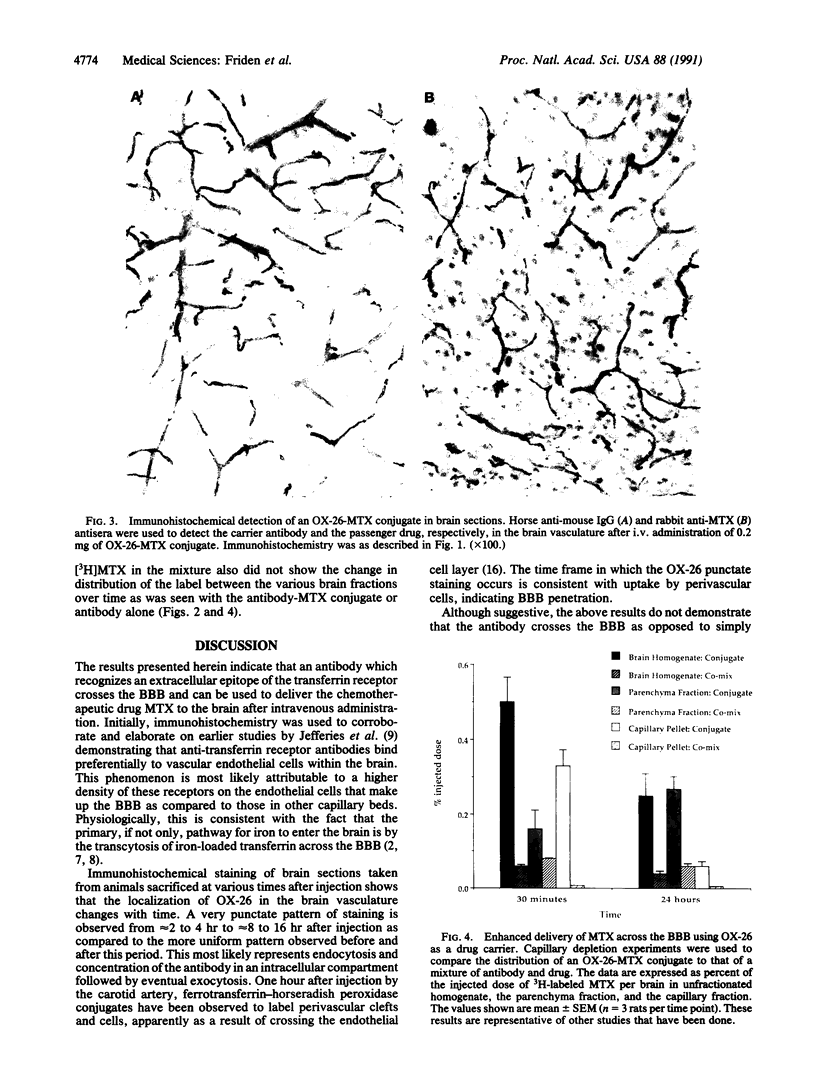
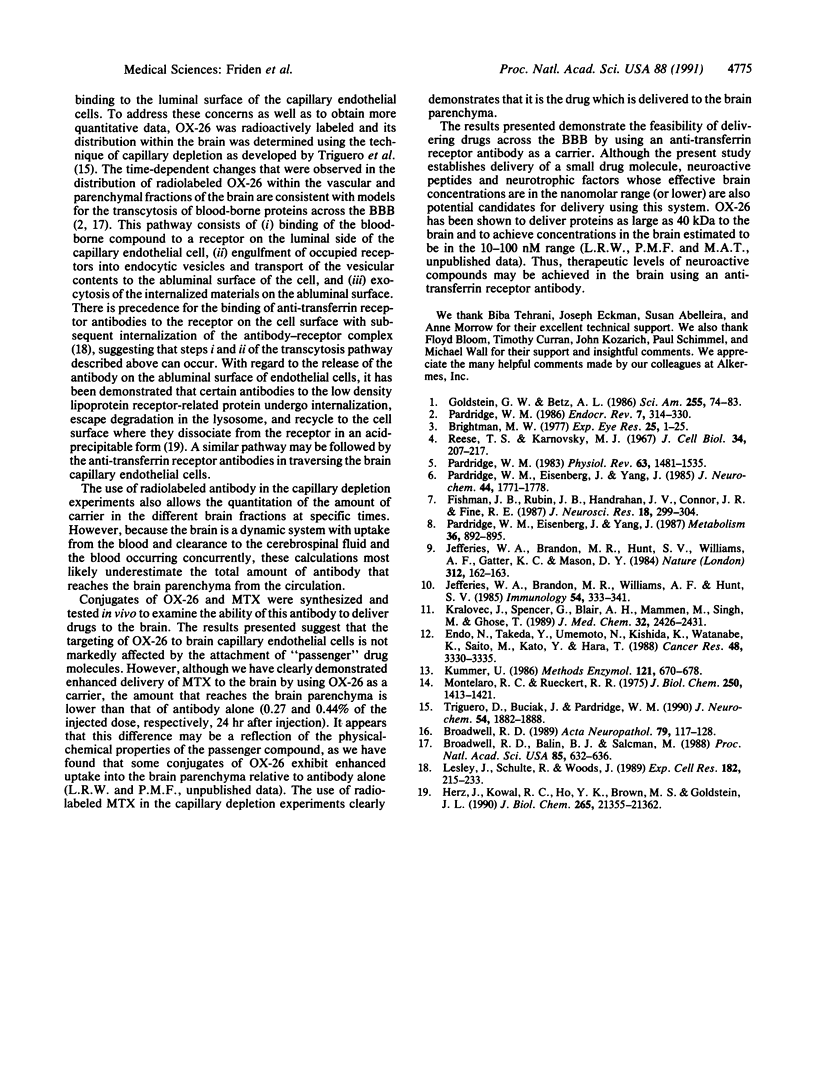
Images in this article
Selected References
These references are in PubMed. This may not be the complete list of references from this article.
- Brightman M. W. Morphology of blood-brain interfaces. Exp Eye Res. 1977;25 (Suppl):1–25. doi: 10.1016/s0014-4835(77)80008-0. [DOI] [PubMed] [Google Scholar]
- Broadwell R. D., Balin B. J., Salcman M. Transcytotic pathway for blood-borne protein through the blood-brain barrier. Proc Natl Acad Sci U S A. 1988 Jan;85(2):632–636. doi: 10.1073/pnas.85.2.632. [DOI] [PMC free article] [PubMed] [Google Scholar]
- Broadwell R. D. Transcytosis of macromolecules through the blood-brain barrier: a cell biological perspective and critical appraisal. Acta Neuropathol. 1989;79(2):117–128. doi: 10.1007/BF00294368. [DOI] [PubMed] [Google Scholar]
- Endo N., Takeda Y., Umemoto N., Kishida K., Watanabe K., Saito M., Kato Y., Hara T. Nature of linkage and mode of action of methotrexate conjugated with antitumor antibodies: implications for future preparation of conjugates. Cancer Res. 1988 Jun 15;48(12):3330–3335. [PubMed] [Google Scholar]
- Fishman J. B., Rubin J. B., Handrahan J. V., Connor J. R., Fine R. E. Receptor-mediated transcytosis of transferrin across the blood-brain barrier. J Neurosci Res. 1987;18(2):299–304. doi: 10.1002/jnr.490180206. [DOI] [PubMed] [Google Scholar]
- Goldstein G. W., Betz A. L. The blood-brain barrier. Sci Am. 1986 Sep;255(3):74–83. doi: 10.1038/scientificamerican0986-74. [DOI] [PubMed] [Google Scholar]
- Herz J., Kowal R. C., Ho Y. K., Brown M. S., Goldstein J. L. Low density lipoprotein receptor-related protein mediates endocytosis of monoclonal antibodies in cultured cells and rabbit liver. J Biol Chem. 1990 Dec 5;265(34):21355–21362. [PubMed] [Google Scholar]
- Jefferies W. A., Brandon M. R., Hunt S. V., Williams A. F., Gatter K. C., Mason D. Y. Transferrin receptor on endothelium of brain capillaries. Nature. 1984 Nov 8;312(5990):162–163. doi: 10.1038/312162a0. [DOI] [PubMed] [Google Scholar]
- Jefferies W. A., Brandon M. R., Williams A. F., Hunt S. V. Analysis of lymphopoietic stem cells with a monoclonal antibody to the rat transferrin receptor. Immunology. 1985 Feb;54(2):333–341. [PMC free article] [PubMed] [Google Scholar]
- Kralovec J., Spencer G., Blair A. H., Mammen M., Singh M., Ghose T. Synthesis of methotrexate-antibody conjugates by regiospecific coupling and assessment of drug and antitumor activities. J Med Chem. 1989 Nov;32(11):2426–2431. doi: 10.1021/jm00131a003. [DOI] [PubMed] [Google Scholar]
- Kummer U. Tritium radiolabeling of antibodies to high specific activity with N-succinimidyl [2,3-3H]propionate: use in detecting and analyzing monoclonal antibodies. Methods Enzymol. 1986;121:670–678. doi: 10.1016/0076-6879(86)21066-6. [DOI] [PubMed] [Google Scholar]
- Lesley J., Schulte R., Woods J. Modulation of transferrin receptor expression and function by anti-transferrin receptor antibodies and antibody fragments. Exp Cell Res. 1989 May;182(1):215–233. doi: 10.1016/0014-4827(89)90293-0. [DOI] [PubMed] [Google Scholar]
- Montelaro R. C., Rueckert R. R. Radiolabeling of proteins and viruses in vitro by acetylation with radioactive acetic anhydride. J Biol Chem. 1975 Feb 25;250(4):1413–1421. [PubMed] [Google Scholar]
- Pardridge W. M. Brain metabolism: a perspective from the blood-brain barrier. Physiol Rev. 1983 Oct;63(4):1481–1535. doi: 10.1152/physrev.1983.63.4.1481. [DOI] [PubMed] [Google Scholar]
- Pardridge W. M., Eisenberg J., Yang J. Human blood-brain barrier insulin receptor. J Neurochem. 1985 Jun;44(6):1771–1778. doi: 10.1111/j.1471-4159.1985.tb07167.x. [DOI] [PubMed] [Google Scholar]
- Pardridge W. M., Eisenberg J., Yang J. Human blood-brain barrier transferrin receptor. Metabolism. 1987 Sep;36(9):892–895. doi: 10.1016/0026-0495(87)90099-0. [DOI] [PubMed] [Google Scholar]
- Pardridge W. M. Receptor-mediated peptide transport through the blood-brain barrier. Endocr Rev. 1986 Aug;7(3):314–330. doi: 10.1210/edrv-7-3-314. [DOI] [PubMed] [Google Scholar]
- Reese T. S., Karnovsky M. J. Fine structural localization of a blood-brain barrier to exogenous peroxidase. J Cell Biol. 1967 Jul;34(1):207–217. doi: 10.1083/jcb.34.1.207. [DOI] [PMC free article] [PubMed] [Google Scholar]
- Triguero D., Buciak J., Pardridge W. M. Capillary depletion method for quantification of blood-brain barrier transport of circulating peptides and plasma proteins. J Neurochem. 1990 Jun;54(6):1882–1888. doi: 10.1111/j.1471-4159.1990.tb04886.x. [DOI] [PubMed] [Google Scholar]



